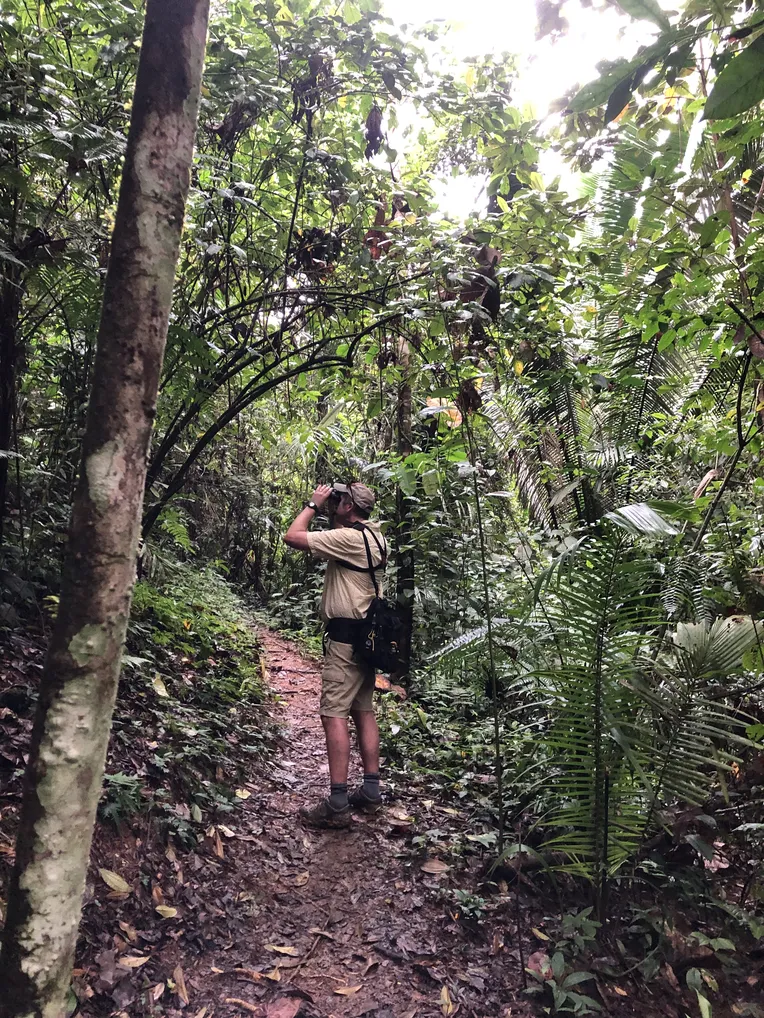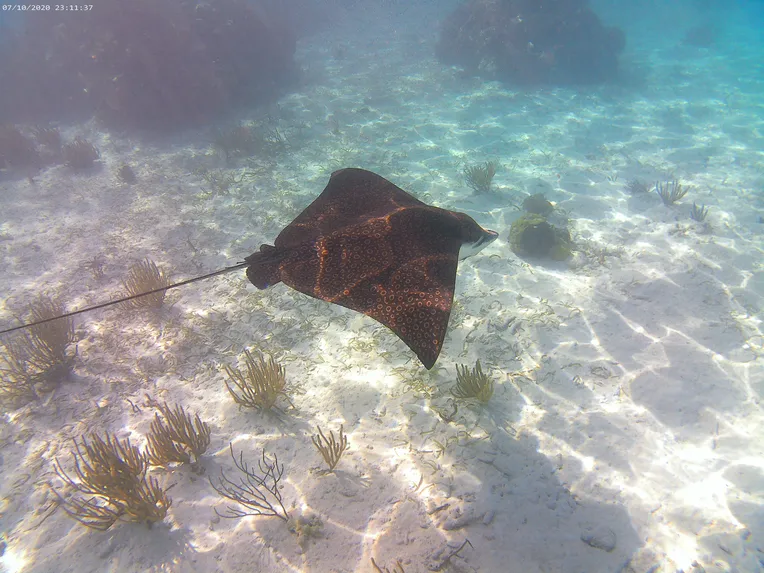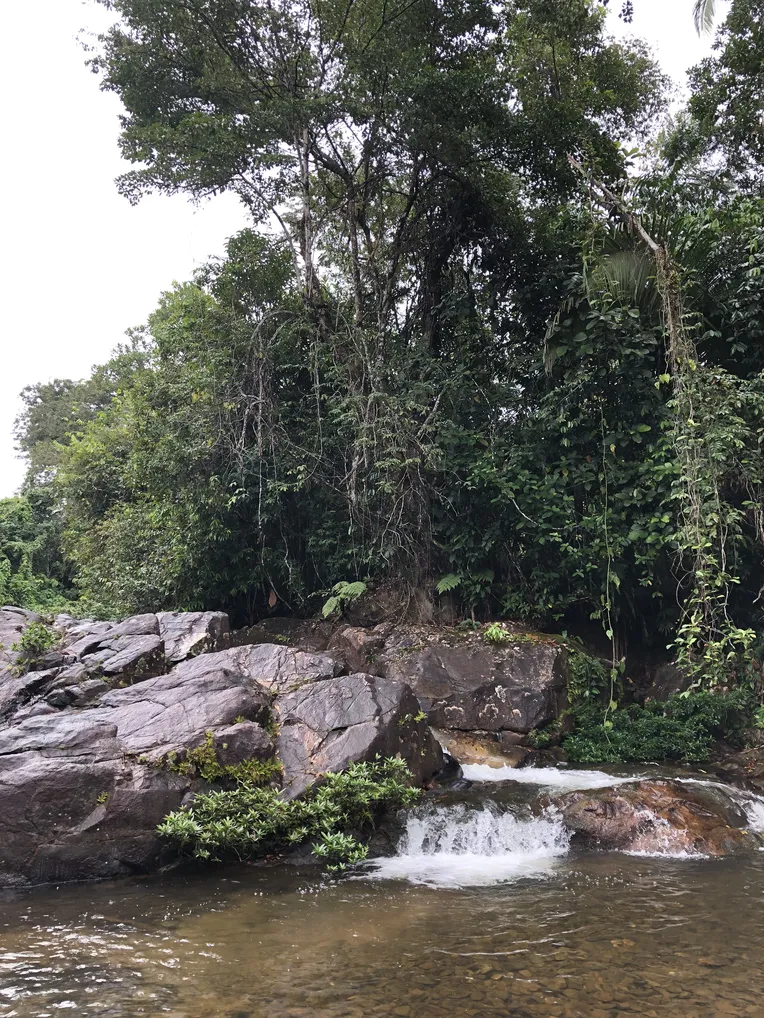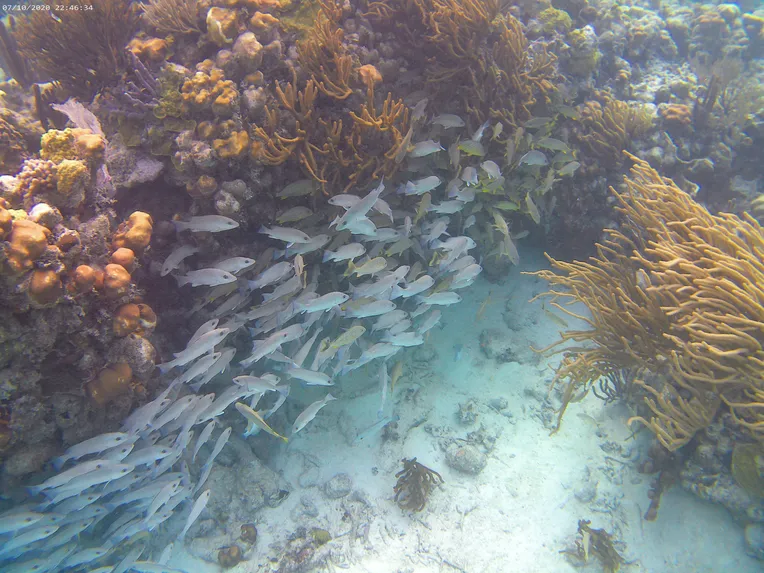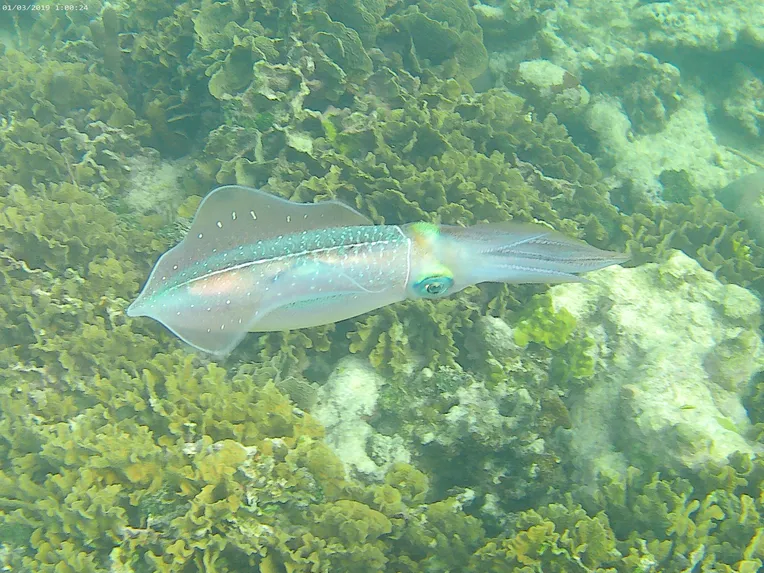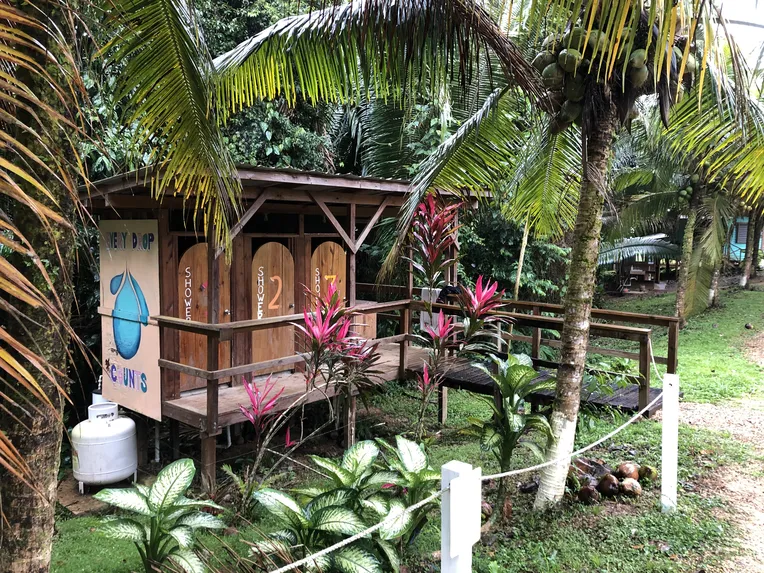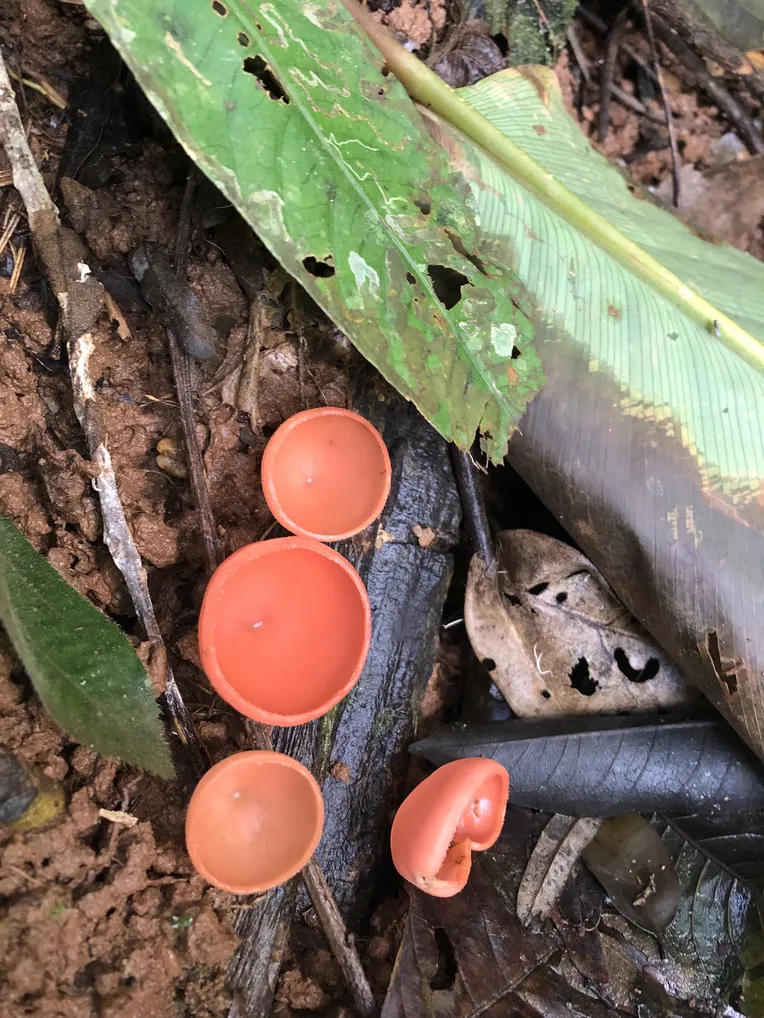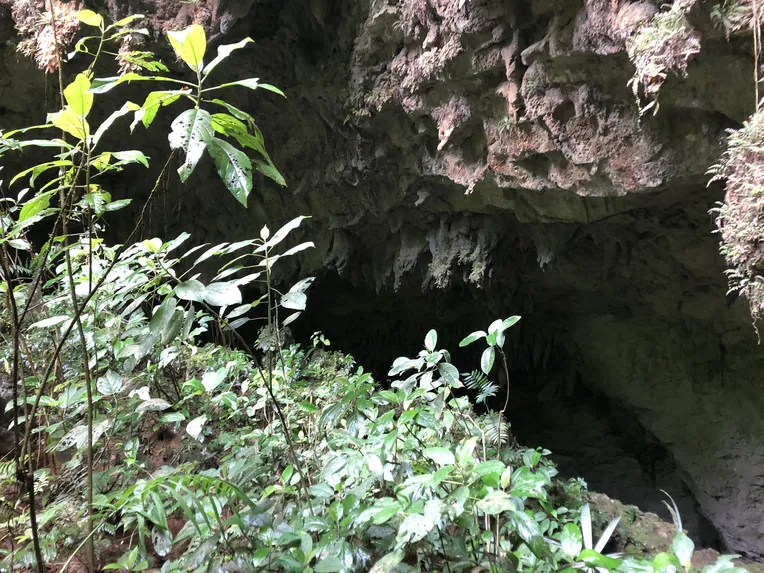Natural History Field Studies - Belize
Belize
Take advantage of an opportunity to travel to Belize to engage in natural history field studies (EB 447/847)!
This will be Emporia State University's inaugural trip to the Belizean rainforest and coral reefs. Belize is the northernmost Central American nation with tremendous biodiversity. The nation is over 60% forested, most of which is protected, and boasts the planet’s second-largest barrier reef.
You will get a glimpse into this magnitude of biodiversity in terrestrial and aquatic systems and learn about the regional diversity of plants, birds, herpetofauna, mammals and a host of freshwater and marine aquatic organisms. You will also explore some common sampling techniques for these organisms that are applicable almost anywhere on the planet.
Throughout the trip, you will maintain a field journal of your activities (what you sampled, where, when, how and under what environmental conditions) and the organisms found. Additionally, you will participate in the development of research for future ESU trips to the region.
This is a biological field experience in a remote location and you will be fully immersed in the habitats of the rainforest for several days. You must be prepared to explore such environments.
You must arrange your travel to the Philip Goldson International Airport outside Belize City and meet the rest of the ESU group during the designated time to travel in the group shuttle to the field station.
Please contact Dr. Bill Jensen if you'd like to be notified about an informational meeting for the trip.
The Trip
You will need to arrive at the Philip Goldson International Airport outside Belize City by 3:00 p.m. on 26 December 2024 (same time zone as Kansas). There, we will meet as a group by 4:00 p.m. at the airport (exact location TBD — likely the lobby) where there will be a shuttle to our destination: the Toucan Ridge Ecology and Education Society (T.R.E.E.S.), roughly a two-hour trip.
If you miss the shuttle due to flight delays, you can find alternate transportation. See suggestions from the TREES travel/location page.
What We Will Do
Activities planned are field surveys of:
- Plants.
- Streams.
- Fauna.
- Birds (mist-netting/release, birding with binoculars and ears).
- Bats (mist-setting at night).
- Mid-sized/large mammals (camera traps).
- Herpetofauna (including radio tracking of turtles).
Additionally, we will be visiting local caves and associated flora and fauna in this karst landscape (bedrock of limestone conducive to cave formation) as well as snorkeling above the coral reefs about a 30-minute boat ride off-coast to see the associated diversity of fishes, potentially mammals (dolphins, manatees) and invertebrate animals.
The Field Station
The Toucan Ridge Ecology and Education Society (T.R.E.E.S.) is a field station designed for visiting academic and scientific groups such as ours. It is a beautiful campus with 200 acres of forest, trails and streams in the foothills of the Maya Mountains. The elevation is 200-300m. There is a central lodge with a dining/classroom area and several cabins with bunks. Bathrooms and showers are detached. There is no air conditioning, so conditions will be warm and humid, though temperatures cool sufficiently for sleeping at night, so plan accordingly.
Equipment
We will provide an equipment list well before you need to start packing, but you should pack minimally for ease of travel and storage at the facility. We will be renting snorkel gear for the reef trip, but you may elect to bring your own mask and snorkel.
Credits and Syllabus
The class is worth two credit hours and those hours are counted as part of your spring semester class load. You will maintain a field notebook and submit a typed report of this notebook in the spring semester. You will also receive participation points for field activities and collaboration with the class in generating future research project ideas. To assist with the latter, graduate students will write a literature review over research needs in Belize/Central America/neotropics regarding biogeography, conservation and/or natural history of organisms and their environments. After we return, the class will also meet during the spring semester.
General Timeline (Fall 2024)
- 5 September: Informational meeting.
- 10 October: Deposit due to ESU Cashier Office.
- 24 October: Difference of balance due to ESU Cashier Office.
- 26 December: Arrive in Belize (Philip Goldson International Airport).
- 3 January: Return home.
Other Information
Keep in mind that you will need a passport for travel to and from Belize. If you are a U.S. citizen, make sure you leave enough time to get your passport. It can take up to six weeks to complete this process, so don't wait until the last minute!
Scholarships and financial aid are available for this trip. See the ESU offices of International Education and Financial Aid for more information.
Schedule
Our trip is planned for winter break between fall 2024 and spring 2025.
26 December 2024 - 3 January 2025
These dates are tentative, but should give you a general idea of when major events will happen for the trip.

